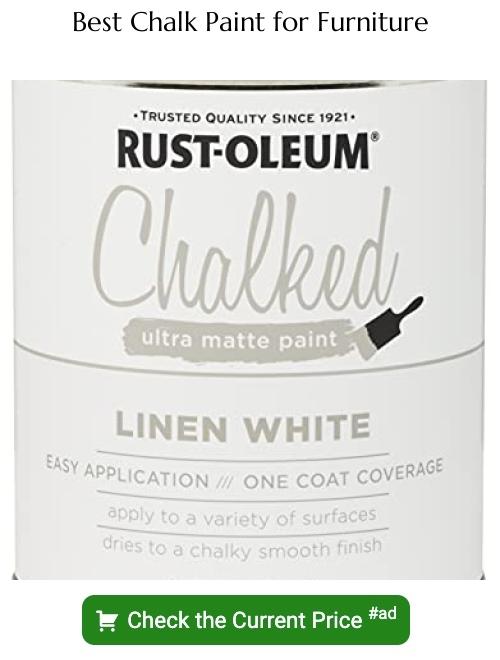Last updated on
Learn how to apply chalk paint over stained wood for a fresh, updated look with this step-by-step guide.
Key takeaways:
- Chalk paint offers a matte, chalky appearance for various decor styles.
- Prepare the area and clean the furniture surface before painting.
- Apply thin, even coats of chalk paint for best results.
- Allow the chalk paint to dry completely before re-coating if necessary.
- Finish with polyurethane or wax for durability and enhanced beauty.
Why Chalk Paint?
Chalk paint offers a matte, chalky appearance that complements a variety of decor styles, from vintage to shabby chic.
Its versatility allows it to adhere to most surfaces with minimal preparation, saving time and effort on sanding or priming.
This type of paint is ideal for creating distressed finishes, a popular choice for upcycling furniture.
The water-based formula ensures easy cleanup with soap and water and a quicker dry time compared to oil-based stains.
Additionally, the paint’s thick consistency typically covers imperfections well and often requires fewer coats than traditional paint.
Prep the Area and Clean the Furniture Surface
Ensure you’re working in a well-ventilated space to avoid inhaling dust or fumes. Start by moving your furniture piece to an area covered with a drop cloth or newspaper to protect your floors from paint drips.
Before beginning, it’s essential to remove dirt and oils that could prevent paint from adhering properly. Use a mixture of warm water and mild dish soap with a sponge or cloth to thoroughly clean the surface. For stubborn grime or buildup, consider a degreasing agent, but always test it on a small area first to ensure it does not damage the stain or wood.
After cleaning, give the furniture a light sanding. This roughens up the shiny surface, helping the chalk paint grip better. A fine-grit sandpaper, such as 220-grit, is ideal for this task. Sand evenly across the surface, but there’s no need to strip the previous stain completely, just to remove the glossy finish.
Once sanded, wipe down the surface with a damp cloth to remove any dust particles. Allow the surface to dry entirely before proceeding with the application of chalk paint. Remember, patience in preparation leads to a professional-looking finish.
Apply Chalk Paint Over the Stain and Polyurethane
Chalk paint adheres well to surfaces previously treated with stain or polyurethane, eliminating the need for priming or sanding.
Begin with a thin, even coat using a brush or roller, ensuring coverage in crevices and detailed areas. The paint’s opaque coverage should obscure the wood’s former finish but keep the character of the grain subtly visible. A light touch is key to avoid heavy brush strokes.
For best results, allow the first coat to dry thoroughly, usually about 30 minutes to an hour, depending on humidity and temperature. A second coat may be necessary for even, full coverage, especially with darker underlying stains. Remember, patience pays off for a professional-looking finish.
Let Chalk Paint Dry and Re-Coat If Necessary
Once the first coat of chalk paint is applied, patience is essential. Allow it to dry thoroughly, which typically takes about 30 minutes to an hour, depending on the environment. Touch the surface lightly to test its dryness. If a second coat is needed for fuller coverage, apply it only after the first layer is completely dry to avoid any smudging or uneven texture. Remember, thin, even layers are preferable to one thick one.
During this process, use the drying time to clean your brush and prepare for the next coat, ensuring the smoothest possible finish for your furniture piece.
Polyurethane or Wax Over Chalk Paint to Finish
Protecting your freshly chalk-painted furniture ensures durability and enhances its beauty. Polyurethane offers a robust, protective layer that’s ideal for high-traffic items, available in various sheens from matte to glossy. When using polyurethane, apply it with a fine-bristle brush or foam brush for even coverage. Lightly sand between coats with a fine-grit sandpaper for a flawless finish.
Alternatively, wax provides a softer finish and enriches the paint’s matte quality. It requires more maintenance but can be reapplied for a refreshed look. Apply a thin layer with a cloth or brush, then buff to a subtle sheen. Remember that waxed surfaces are less resistant to stains and might not be suitable for all furniture. Choose the finish that aligns with your furniture’s use and desired aesthetic.
Liked reading this? Here’s more:
Recap:
